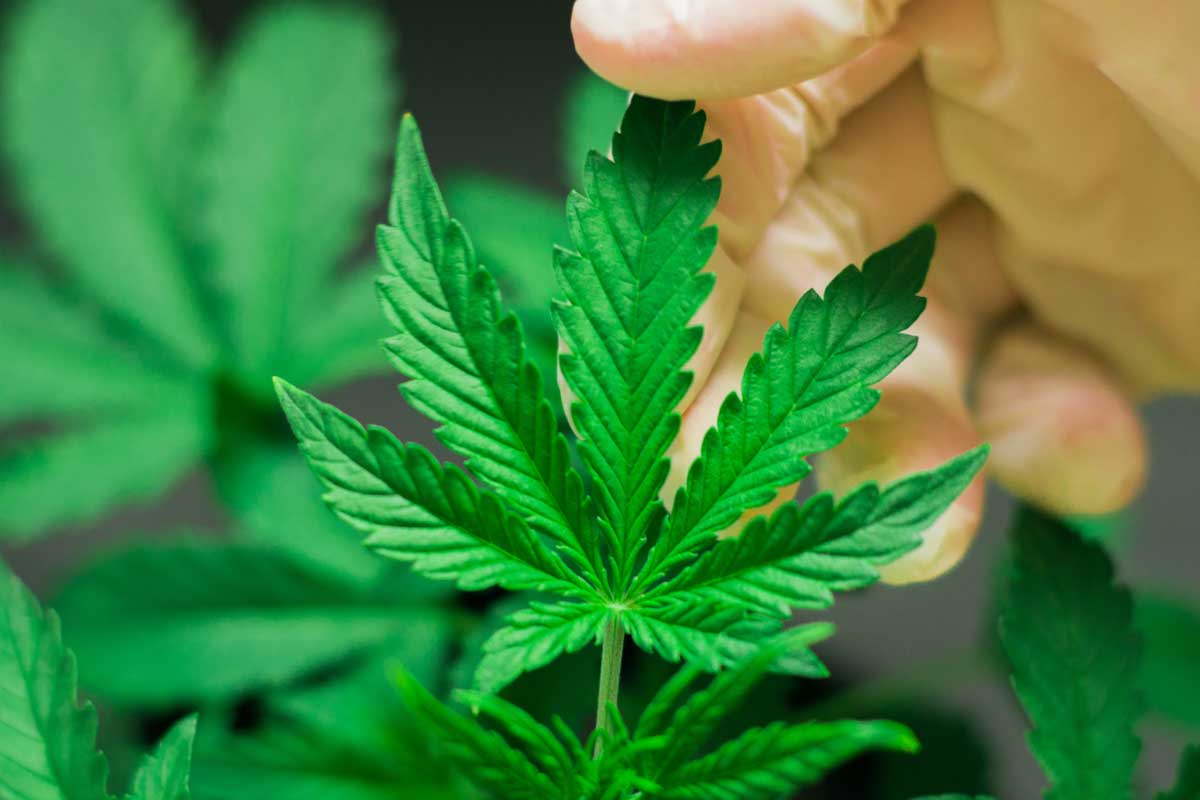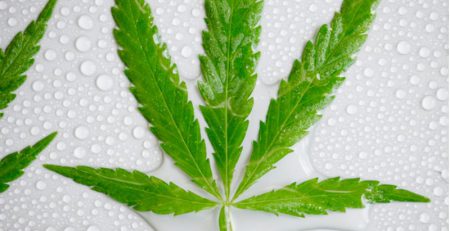Sativa, Indica, What’s The Difference?
CBD oil comes in so many different forms, and so many different products, that buying the right kind for you can be difficult. It comes in CBD sprays, CBD tinctures, lotions, gels, patches, food and drinks, and hundreds of other products. Full spectrum hemp oil contrasts with pure CBD, and consumers dont know what manufacturer to choose out of dozens.
Added to this confusion is whether CBD is from a sativa- or indica-type plant, or a hybrid of these two. Conflicting claims abound about what each strain of the cannabis plant does to the body, and what chemicals they contain. In this article, we attempt to clarify what people have been saying about sativa, indica, and their contents, and report on what the science says.
Sativa Vs Indica
Cannabis sativa and Cannabis indica are simply scientific names for the hemp or cannabis plant species. Cannabis is the genus – a small group of very closely-related species. Sativa and indica are the species names. As an example, Canis lupus is a wolf, while Canis latrans is a coyote. There are other alleged species in this genus: Cannabis ruderalis is one that is small and grows in disturbed ground, while Cannabis afghanica is thought to grow in Afghanistan.
Manufacturer Claims
It is claimed that Indica-type medicines lead to more relaxation, decreased nausea, and increased appetite. Indica plants are said to have generally broader leaves. Sativa-derived substances are thought to be anti-anxiety, anti-depressant, pain-relieving, and increases focus. It is said to have narrow leaves, too. Herbalists recommend using indica more in the evening and sativa during the day.
Naming
Cannabis sativa was named by Swedish botanist Carl Linnaeus in the 1700s. He the scientist who came up with our modern way of naming species and organising them into groups. A few decades later, the French explorer Jean-Baptiste Lamarck identified what seemed to be another species closely related to Cannabis sativa growing in India, that the locals valued for its medicinal and narcotic properties. He named this one Cannabis indica.
One Species or Four?
Since Lamarck named C. indica, controversy has raged around whether the different varieties of hemp/cannabis are separate species, or all simply varieties of the same one. Unfortunately, there isnt even a set rule about what constitutes a species in general! Currently, the world Plant List managed by the Royal Botanic Gardens Kew, names only C.sativa as a single species, with variation among its subspecies. Some authors name four species, while others support two or three. Thus there is no real yes or no answer, but naming isnt as important as the compounds contained in the plant.
Where the Evidence?
While there are definitely broad-leaved and narrow-leaved varieties, scientists have so far failed to determine any real difference in the composition of alleged sativa and indica varieties. In a wide-ranging research project, Ryan Lynch and a large group of collaborators at the University of Colorado analyzed the genetic diversity among 340 Cannabis varieties in 2017. The cultivars or strains investigated included fibre and seed oil hemp, high cannabinoid drug-and medicinal-types, and feral populations.
The scientists found no major difference between the strains sold as sativa and indica, but they did make a number of interesting discoveries:
There were three major groups within Cannabis: Narrow-Leaved Drug Types (NLDTs), Broad-Leaved Drug Types (BLDTs), and hemp – the variety that produces fibres, seeds, and oil.
NLDTs and hemp are closely related, while BLDTs are different from both of them.
BLDTs are less diverse than the other two, meaning that they were developed later.
Hemp types contain by far the highest amount of CBD – 12-14% – while both drug types contained much smaller amounts of it – consistently less than 3%.
So, What is the Difference?
In truth, sativa and indica are names that carry no real meaning in terms of features, effects, or actual chemical contents. There are definite types and varieties, but if CBD is what youre seeking, industrial hemp – that’s used for seeds and oil – is what to look for.





